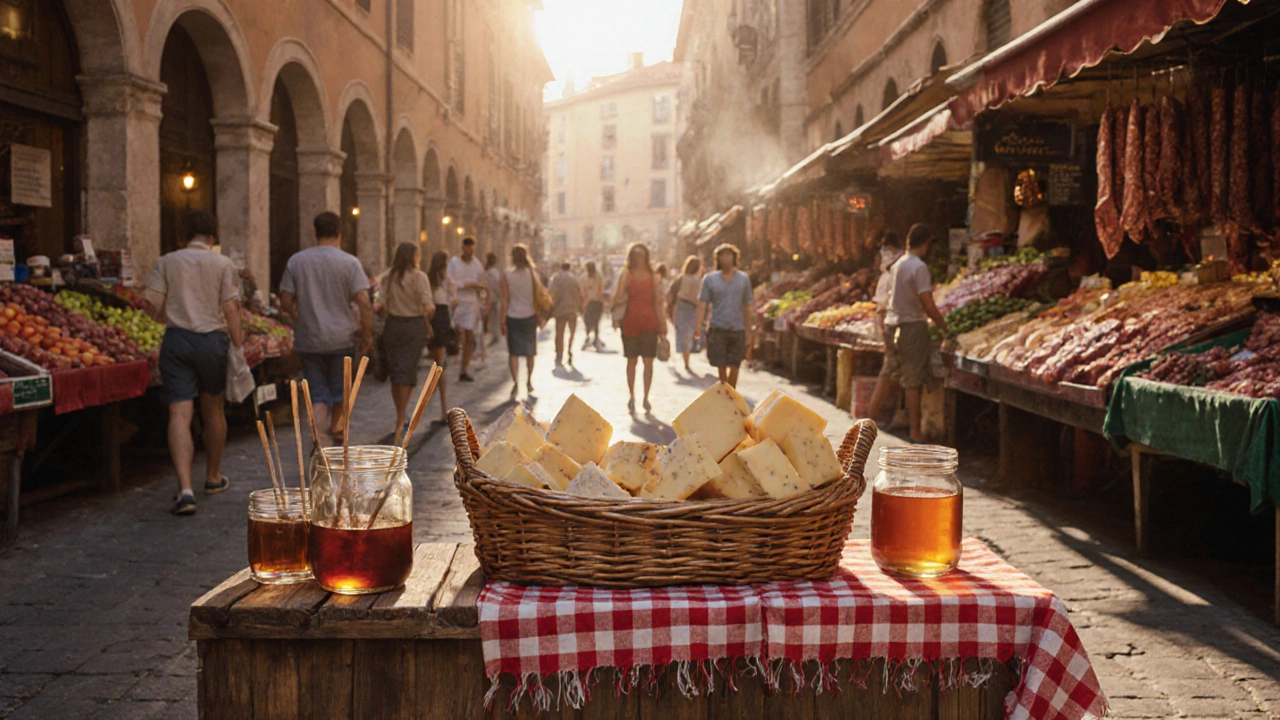Can You Find Cheese Coalho in Italy? A Brazilian Cheese Meets Italian Cuisine
Discover if Brazil's cheese coalho is available in Italy, where to buy it, how it compares to Italian cheeses, and a fusion tiramisu recipe using this unique curd.
When working with Brazilian cheese, a family of fresh and aged cheeses made from cow, goat or buffalo milk in Brazil, prized for its creamy texture and mild tang. Also known as queijo brasileiro, it forms the backbone of many traditional meals and modern desserts alike. Cheesecake, a baked or chilled cream cheese dessert that adapts Brazilian flavors when local cheese is used demonstrates how the cheese can shift a classic into a new cultural arena. Likewise, Pão de queijo, Brazilian cheese bread made with tapioca flour and cheese chunks shows the cheese’s role in snack culture. The broader category of Brazilian desserts, sweet dishes ranging from brigadeiro to quindim that often incorporate cheese for richness highlights the versatile partnership between dairy and sugar in this cuisine. Brazilian cheese encompasses regional varieties such as coalho, Minas, and Catupiry, each with distinct moisture levels and melting points, which directly influence texture outcomes in both savory and sweet preparations. The cheese requires high‑quality milk and careful curd handling, attributes that dictate its final flavor profile. Because of these properties, Brazilian cheese influences desserts like cheesecake and pão de queijo, while also shaping sauces, fillings, and even grilled dishes across continents.
One of the most recognizable exports is Queijo Minas, a semi‑soft cheese from the Minas Gerais region, known for its buttery finish and ability to melt smoothly. Exporters ship it refrigerated, allowing chefs in Europe and North America to replace traditional cream cheese in tarts and pies, creating a subtle nutty note that diners notice instantly. Another export hit is Catupiry, a creamy, spreadable cheese often used in pizza, pastries, and layered desserts. Its stable texture under heat makes it a favorite for baked goods abroad, where it adds richness without overt dairy heaviness. In street‑food markets worldwide, you’ll find vendors blending Brazilian cheese with local ingredients—think cheese‑filled empanadas in Buenos Aires or cheese‑topped sushi rolls in Tokyo—showing that the cheese adapts to new flavor ecosystems while retaining its core character. These cross‑cultural experiments prove a simple semantic truth: Brazilian cheese enables culinary fusion, because its mild acidity balances sweet, salty, and umami elements alike. The cheese’s ability to melt, stretch, or stay firm, depending on the type, determines which dishes it can enhance, making it a flexible tool for chefs looking to add a Brazilian twist.
Below you’ll see a curated selection of articles that dive deeper into regional cheese profiles, recipe adaptations, and the logistics of getting Brazilian cheese onto foreign shelves. Whether you’re hunting for a new cheesecake base, want to master authentic pão de queijo, or simply curious about how Brazilian dairy is reshaping dessert trends worldwide, the posts that follow give practical tips, flavor pairings, and real‑world examples to help you bring a taste of Brazil into your kitchen.

Discover if Brazil's cheese coalho is available in Italy, where to buy it, how it compares to Italian cheeses, and a fusion tiramisu recipe using this unique curd.